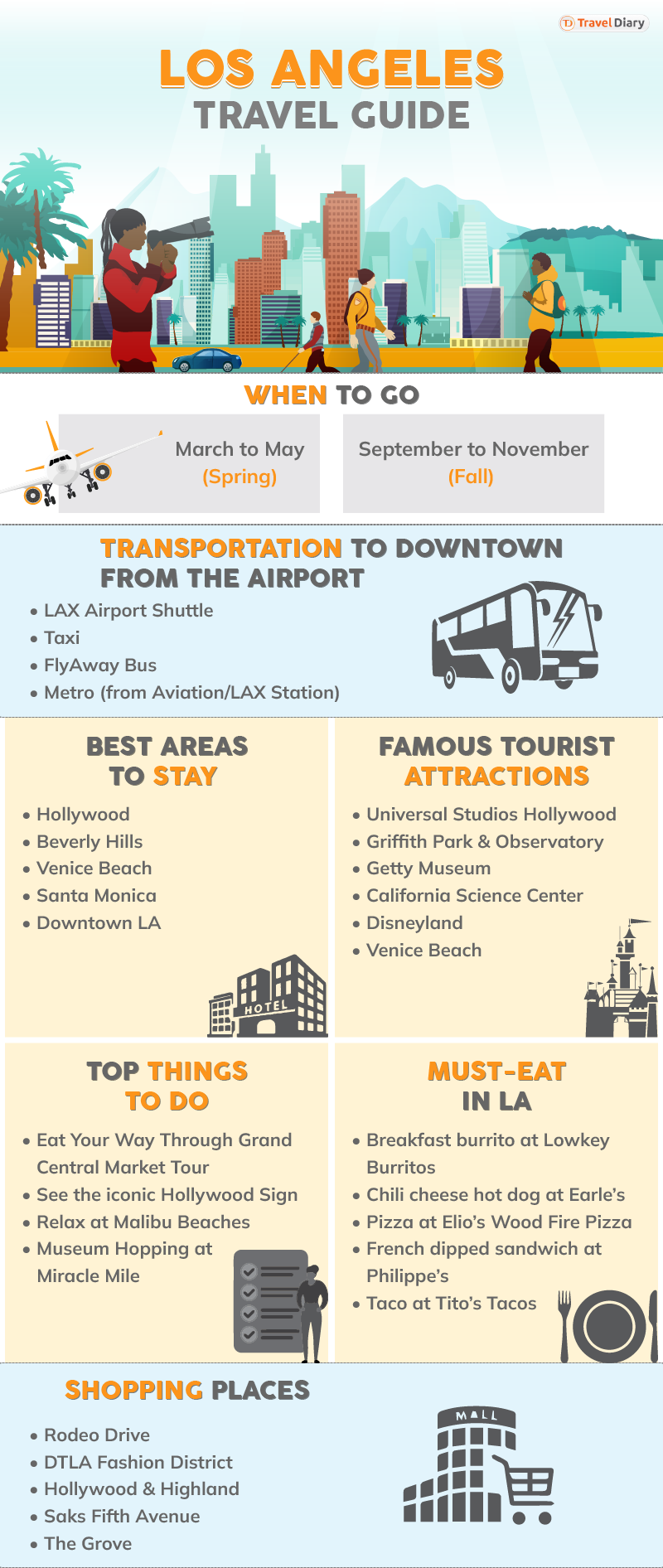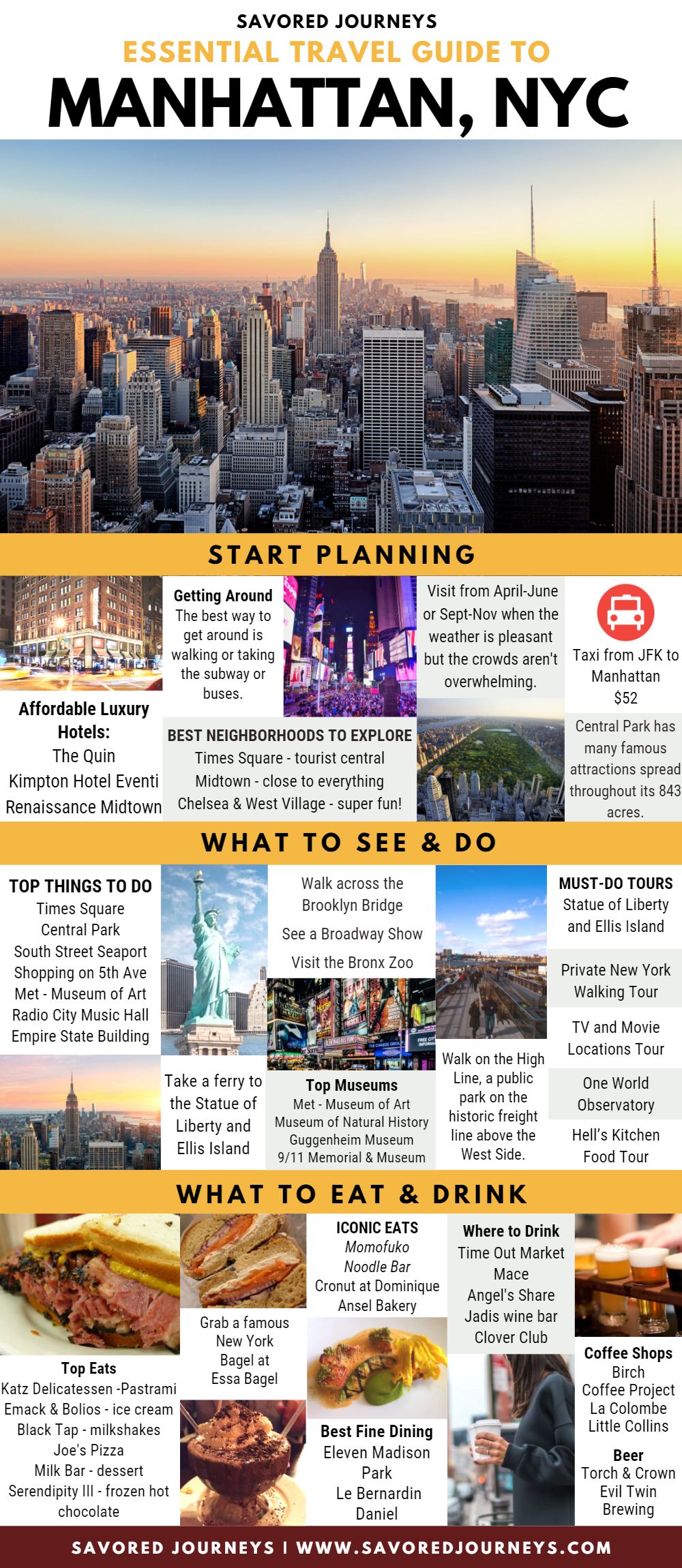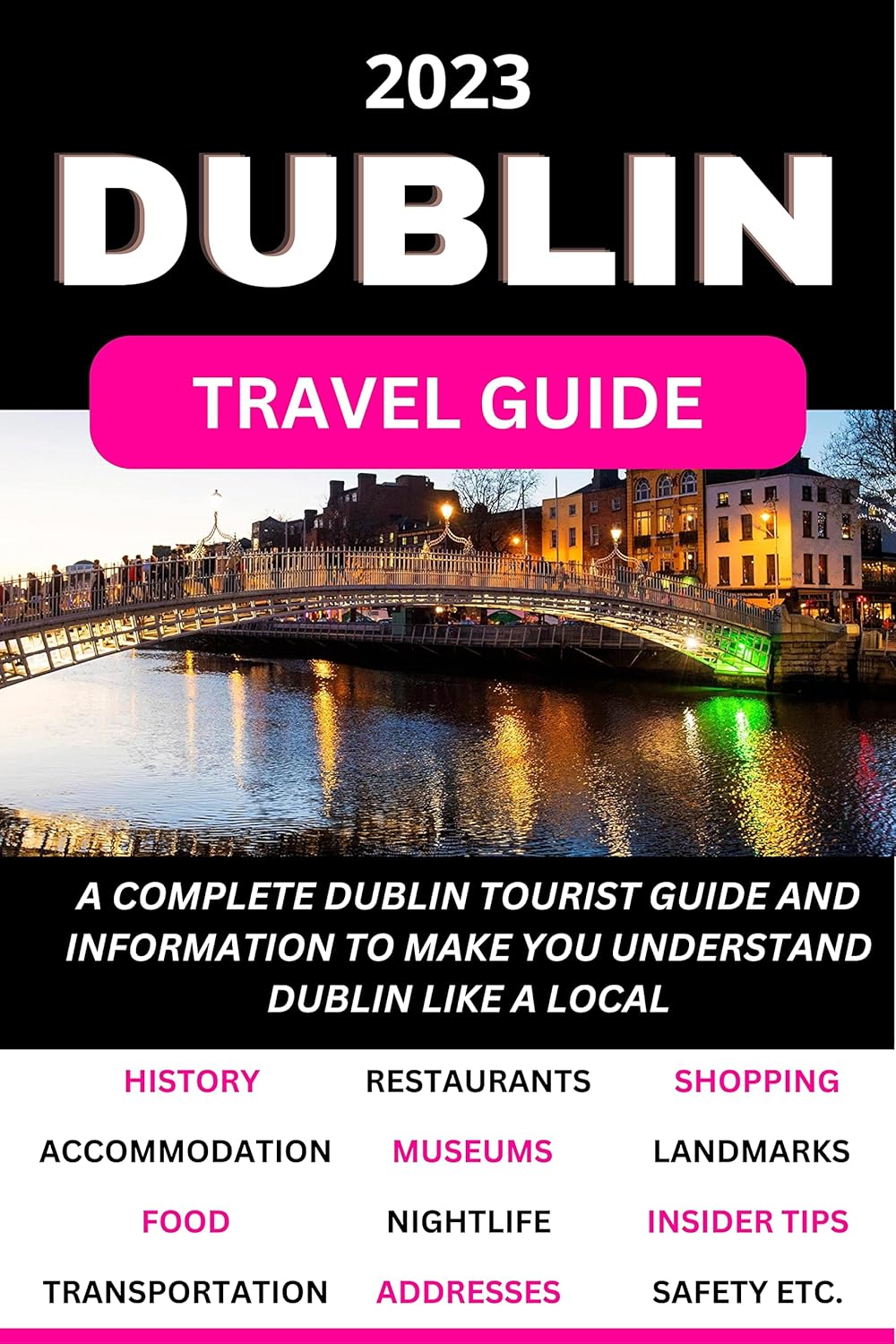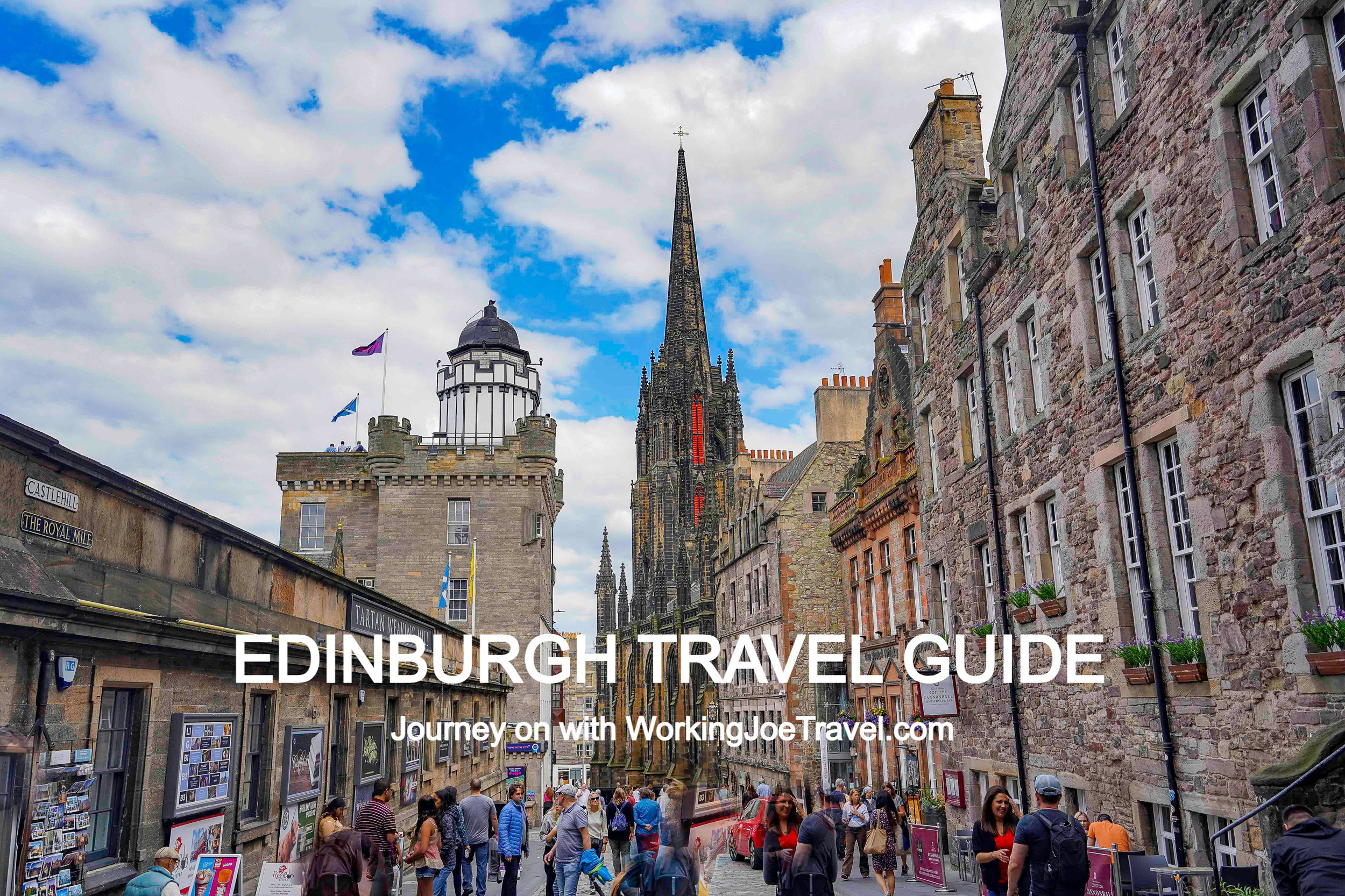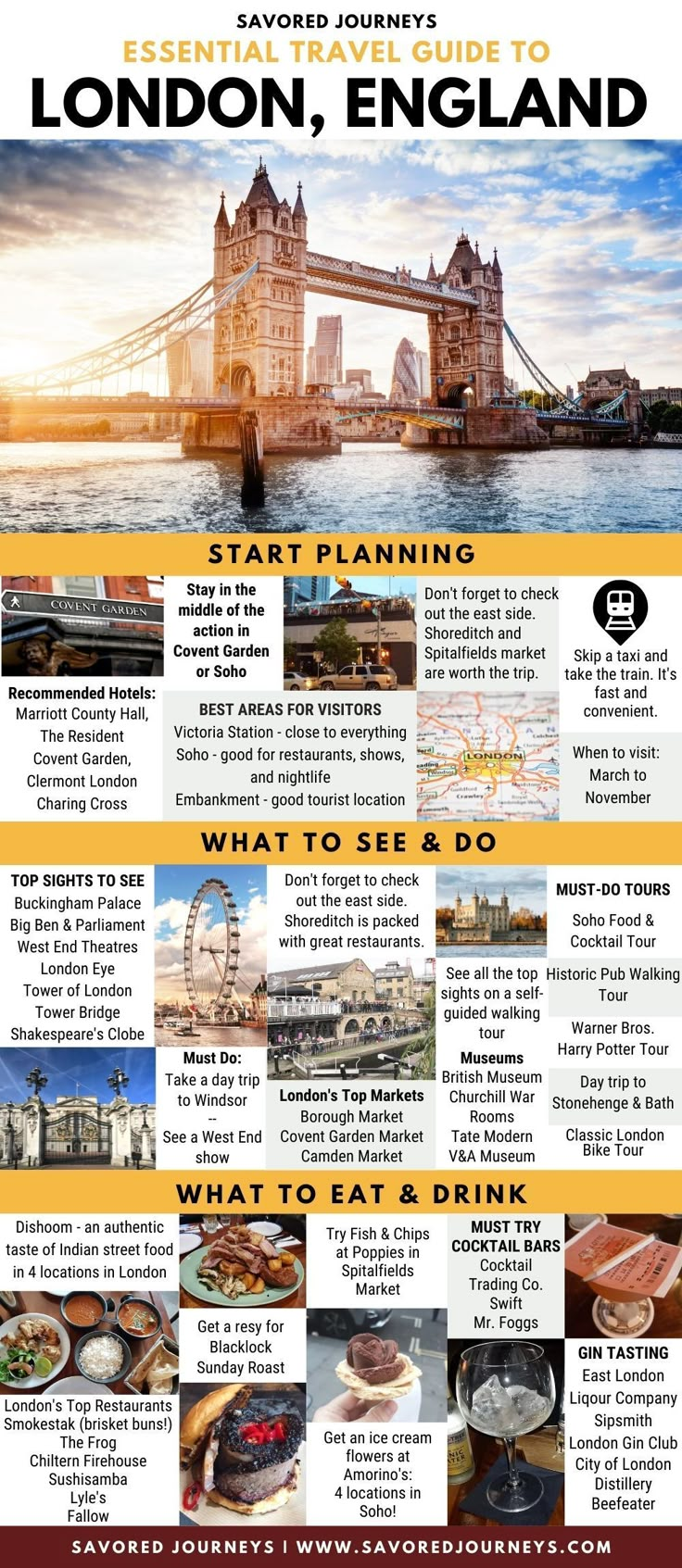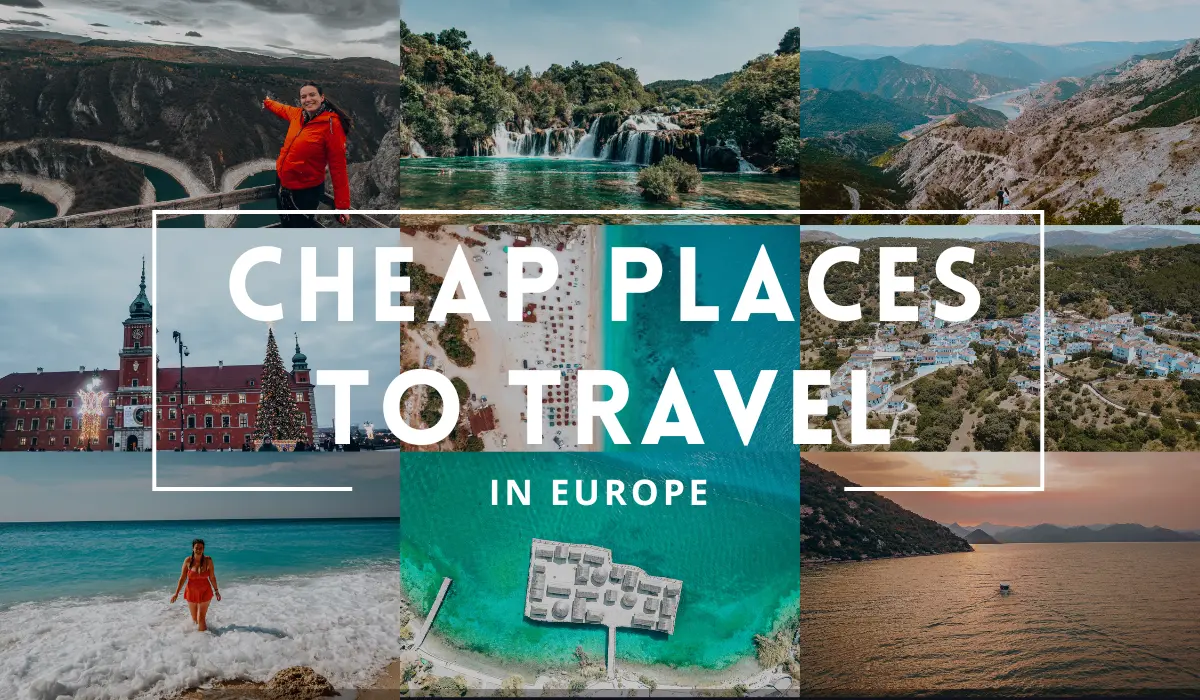
Western Europe, a tapestry woven with ancient history, breathtaking landscapes, and vibrant cultures, has long held an allure for travelers. From the romantic canals of Venice to the historic grandeur of Paris and the rugged coastlines of Ireland, its riches seem boundless. Yet, for many, the perceived cost of experiencing this magnificent continent is a formidable barrier. However, the notion of Western Europe being exclusively the domain of luxury travelers is a misconception. With savvy planning and a willingness to embrace alternative approaches, a truly unforgettable adventure through its most iconic destinations is not only possible but can be achieved on a budget. This article delves into the world of budget travel in Western Europe, exploring its history, key attractions, practical tips, optimal times to visit, affordable accommodations, delicious local cuisine, and efficient transportation options.
A Historical Perspective: From Aristocratic Pilgrimage to Backpacking Bonanza
The concept of traveling through Western Europe is not new; in fact, its roots can be traced back to the 17th century with the advent of the "Grand Tour." This was an extended trip, primarily undertaken by young aristocratic men, designed to complete their education by immersing themselves in the art, culture, and history of continental Europe. While the Grand Tour was undeniably exclusive and costly, it laid the groundwork for the very idea of cultural tourism that we recognize today.
Related Articles about The Grand Tour on a Shoestring: Budget Travel in Western Europe:
- India: A Tapestry of Wonders – Unveiling the Best Tourist Attractions
- Echoes of Empire: Unveiling the Majesty of Borobudur Temple
- Banff National Park: Your Ultimate Guide to Majestic Mountains and Emerald Waters
- Dive into Paradise: Your Ultimate Travel Guide to the Great Barrier Reef
- Portugal: A Tapestry of Sun, Sea, and Centuries of Stories – Unveiling its Best Tourist Attractions
Fast forward to the 20th century, and the rise of mass tourism, coupled with advancements in transportation like budget airlines and high-speed rail, democratized travel. Backpacking emerged as a significant force, particularly in the latter half of the century, with students and independent travelers seeking to experience Europe’s wonders without breaking the bank. Hostels, affordable eateries, and a growing awareness of budget-friendly destinations transformed the landscape, making Western Europe accessible to a much wider audience. This spirit of accessible exploration continues to define budget travel in the region today.
Main Attractions: Unveiling the Gems Without the Gold
Western Europe boasts an embarrassment of riches when it comes to iconic sights. The good news for budget travelers is that many of the most profound experiences are either free or surprisingly affordable:
- Paris, France: Beyond the Eiffel Tower’s iconic silhouette (consider a picnic on the Champ de Mars for a free view), explore the free art collections at the Musée Carnavalet, wander through the charming streets of Montmartre, and soak in the atmosphere of the Seine riverbanks. Many churches, like Notre Dame (currently under restoration but still an impressive sight from the outside) and Sacré-Cœur, offer free entry.
- Rome, Italy: The Colosseum and Roman Forum are essential, and while tickets have a cost, booking in advance can sometimes offer discounts. However, marveling at the grandeur of St. Peter’s Basilica (free entry), tossing a coin into the Trevi Fountain, and exploring the Pantheon (free entry) are all magnificent experiences that don’t cost a euro. Walking through the historic center is an attraction in itself.
- Amsterdam, Netherlands: While the Anne Frank House and Rijksmuseum require tickets, simply cycling along the picturesque canals, exploring the vibrant Jordaan district, and enjoying the street art are free and encapsulate the city’s charm. Consider visiting the Bloemenmarkt, the world’s only floating flower market, for a visually stunning and free experience.
- Barcelona, Spain: Gaudí’s architectural marvels like Sagrada Familia and Park Güell are undoubtedly highlights, but booking tickets in advance is crucial. However, a stroll down Las Ramblas, exploring the Gothic Quarter’s labyrinthine streets, and relaxing on Barceloneta beach offer immense enjoyment without a price tag.
- London, United Kingdom: Many of London’s world-class museums, including the British Museum, the National Gallery, and the Tate Modern, offer free general admission. Witnessing the Changing of the Guard at Buckingham Palace, walking through Hyde Park, and exploring vibrant street markets like Borough Market (free to browse) are excellent budget-friendly activities.
- Berlin, Germany: The Brandenburg Gate, the Reichstag Building (book free tours in advance), and the East Side Gallery (a section of the Berlin Wall transformed into an open-air art gallery) are all powerful historical and cultural landmarks that are free to experience. Explore the memorials and remnants of the city’s complex past.
- Lisbon, Portugal: This vibrant capital offers stunning views from its many miradouros (viewpoints), which are completely free. Wander through the historic Alfama district, listen to Fado music drifting from local taverns (often with no cover charge), and enjoy the colorful tiled facades.
Travel Tips for the Savvy Budget Explorer:
- Embrace the Off-Season: Traveling during the shoulder seasons (spring: April-May, autumn: September-October) offers a significant advantage. You’ll encounter fewer crowds, enjoy milder weather, and benefit from lower prices on flights and accommodation. Winter, while colder, can also offer incredibly low prices and a more authentic, local experience.
- Book in Advance: This is a golden rule for budget travel. Flights, train tickets, and popular accommodation options are almost always cheaper when booked weeks or even months ahead of time.
- Consider a Multi-City Itinerary: Instead of focusing on just one expensive city, plan a route that takes you through several destinations. This allows you to experience more of Western Europe and leverage the cost-effectiveness of overland travel between cities.
- Utilize Free Walking Tours: Almost every major city offers free walking tours led by local guides. While a tip is expected, it’s an excellent way to get an overview of a city’s history and key sights for a minimal cost.
- Pack Light: This is crucial for budget airlines with strict baggage allowances and for navigating public transport with ease. A well-packed backpack can save you money on checked baggage fees.
- Cook Some of Your Own Meals: Many hostels and budget hotels offer kitchen facilities. Shopping at local supermarkets and preparing some of your own meals can significantly reduce your food expenses, especially in expensive cities.
- Take Advantage of Free Attractions: As highlighted above, many of Western Europe’s most impressive sights are free. Prioritize these when planning your itinerary.
- Student and Youth Discounts: If you’re a student or under 26, always inquire about discounts on public transport, attractions, and even accommodation. Carry your student ID.
- Travel Insurance is Non-Negotiable: While it might seem like an added expense, travel insurance is essential. It can save you a fortune in case of medical emergencies, trip cancellations, or lost belongings.
Best Time to Visit: Finding the Sweet Spot
The "best" time to visit Western Europe on a budget often hinges on balancing pleasant weather with lower prices and fewer crowds.
- Spring (April-May): This is a fantastic time. The weather is generally mild, flowers are blooming, and the summer crowds haven’t fully descended. Prices for flights and accommodation are usually more reasonable than in peak summer.
- Autumn (September-October): Similar to spring, autumn offers pleasant temperatures, beautiful fall foliage in many regions, and a significant drop in tourist numbers. This is an ideal time for exploring cities and enjoying outdoor activities without the summer heat.
- Winter (November-March): While colder, winter can be incredibly rewarding for budget travelers. Flights and accommodation prices plummet, and you’ll experience cities with a more local feel. Christmas markets across Germany, Austria, and Alsace (France) are a magical draw. Be prepared for shorter daylight hours and potentially some rain or snow.
- Summer (June-August): This is the peak tourist season, meaning higher prices, larger crowds, and hotter weather. While undeniably beautiful, it’s the least budget-friendly time to visit. If you must travel in summer, book everything well in advance and consider less popular destinations.
Nearby Hotels: Cozy Corners for Less Coin
Finding affordable accommodation is key to a budget trip. Western Europe offers a range of options:
- Hostels: The undisputed champions of budget accommodation. Hostels offer dormitory-style rooms (shared dorms are cheapest) and often private rooms at competitive prices. They are fantastic for solo travelers looking to meet people and usually provide communal kitchens, common areas, and organized activities. Websites like Hostelworld and Booking.com are great for finding them.
- Budget Hotel Chains: Many European cities have reliable and affordable hotel chains like Ibis Budget, Premier Inn, Travelodge, and B&B Hotels. These offer clean, no-frills rooms in convenient locations.
- Guesthouses and Bed & Breakfasts (B&Bs): Often family-run, these offer a more personal touch and can be surprisingly affordable, especially outside of major city centers. They provide a glimpse into local life.
- Apartment Rentals (Airbnb, Vrbo): For longer stays or for groups, renting an apartment can be cost-effective, especially if it includes a kitchen, allowing you to save on food. Look for places slightly outside the absolute city center but still well-connected by public transport.
- Couchsurfing: For the truly adventurous and budget-conscious, Couchsurfing connects travelers with locals willing to offer a free place to stay on their couch or in a spare room. It’s a cultural immersion experience as much as a lodging option.
Local Food: Culinary Delights That Won’t Break the Bank
Experiencing the local cuisine is a highlight of any trip, and thankfully, Western Europe offers plenty of delicious and budget-friendly options:
- Street Food and Markets: From German sausages and French crêpes to Spanish tapas and Italian pizza al taglio (pizza by the slice), street food is your best friend. Local markets are also excellent places to sample regional specialties and pick up picnic supplies.
- Bakeries (Boulangeries, Pasticcerias, Bäckereien): For a cheap and delicious breakfast or snack, head to local bakeries. Croissants, pastries, bread, and savory tarts are readily available and affordable.
- Local Cafes and Bistros: Venture away from the main tourist squares and seek out smaller, local cafes and bistros. They often offer set lunch menus (prix fixe or menu del día) that are significantly cheaper than à la carte dining.
- Supermarkets: As mentioned earlier, supermarkets are a budget traveler’s lifeline. You can find fresh produce, cheeses, cured meats, bread, and ready-to-eat meals for incredibly reasonable prices.
- Regional Specialties: Each region has its own culinary identity. In Italy, embrace pasta and pizza. In Spain, delve into tapas. In France, enjoy hearty stews and bread. In Portugal, savor fresh seafood and pastéis de nata.
- Picnics: Embrace the European tradition of picnicking. Grab some bread, cheese, charcuterie, fruit, and a bottle of wine from a local shop and enjoy a scenic meal in a park or by a river.
Transportation Options: Navigating the Continent Efficiently
Western Europe is renowned for its excellent public transportation network, making it easy and affordable to get around:
- Budget Airlines: For longer distances, budget airlines like Ryanair, easyJet, Wizz Air, and Vueling offer incredibly cheap flights within Europe. Be mindful of baggage fees and airport locations (some budget airlines use smaller airports further from the city center).
- Trains: Western Europe has a fantastic rail network. While high-speed trains can be expensive, booking in advance, utilizing off-peak services, and considering regional trains can significantly reduce costs. Websites like Rail Europe and Omio can help you compare prices and routes. Eurail passes can be cost-effective for extensive train travel, but do your calculations to see if they are truly worth it for your itinerary.
- Buses: Long-distance bus companies like FlixBus and BlaBlaBus offer extremely affordable travel between cities and countries. While slower than trains, they are often the cheapest option and can be a comfortable way to see the countryside.
- Local Public Transport: Within cities, utilize trams, buses, and metro systems. Purchase day passes or multi-day passes for significant savings compared to buying individual tickets. Many cities offer extensive and efficient public transport networks.
- Cycling: In cities like Amsterdam and Copenhagen, cycling is not just a mode of transport but a way of life. Renting a bike is a cheap and healthy way to explore.
- Walking: The best way to discover the hidden gems of any city is on foot. It’s free, healthy, and allows for spontaneous exploration.
Conclusion: The Grand Tour for Everyone
Western Europe, with its rich history, diverse cultures, and breathtaking landscapes, is a continent that beckons to be explored. The notion that it’s an exclusive playground for the wealthy is a myth. By embracing a budget-conscious mindset, planning strategically, and utilizing the wealth of affordable options available, the "Grand Tour on a Shoestring" is not just a possibility, but a tangible and incredibly rewarding reality. From the free art galleries of London to the bustling street markets of Barcelona and the scenic canals of Amsterdam, Western Europe offers an abundance of unforgettable experiences that are accessible to every traveler, regardless of their budget. So pack your bags, open your mind, and get ready to embark on your own epic adventure through the heart of Europe. The continent awaits, ready to reveal its wonders to those who dare to explore it with a keen eye for value and a spirit of adventure.



